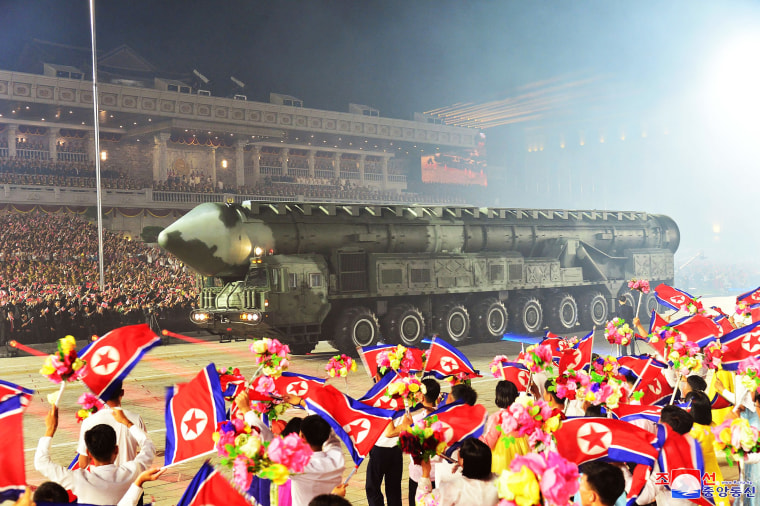
In the heart-stopping climax of a nail-biting soccer match, an unfathomable blunder unfolded before the stunned eyes of thousands. The defender, entrusted with the sacred responsibility of shielding his team’s goal, inexplicably turned his back on the ball.In the heart-stopping climax of a nail-biting soccer match, an unfathomable blunder unfolded before the stunned eyes of thousands. The defender, entrusted with the sacred responsibility of shielding his team’s goal, inexplicably turned his back on the ball. As the opposing forward unleashed a swift and threatening shot, the defender’s moment of carelessness proved catastrophic. Instead of clearing the ball to safety, he misjudged its trajectory and inexplicably deflected it towards his own net. The ball soared through the air, an unstoppable missile aimed at the exposed goal. The deafening roar of the crowd turned into a collective gasp as the ball crashed into the back of their own net. Time seemed to stand still as the defender watched in abject horror at the realization of his calamitous mistake. The stadium erupted in a chorus of disbelief and anguish. The once-triumphant team was now burdened with the weight of an own goal, a crushing blow that shattered their dreams of victory. The defender, once hailed as a hero, became the scapegoat for the team’s defeat. The weight of his error hung heavy on his shoulders, threatening to consume him. As the dust settled, the defender was left to grapple with the consequences of his fateful mistake. His costly blunder would forever be etched in the annals of soccer history as a stark reminder of the fragility of human error in the high-stakes world of professional sport.